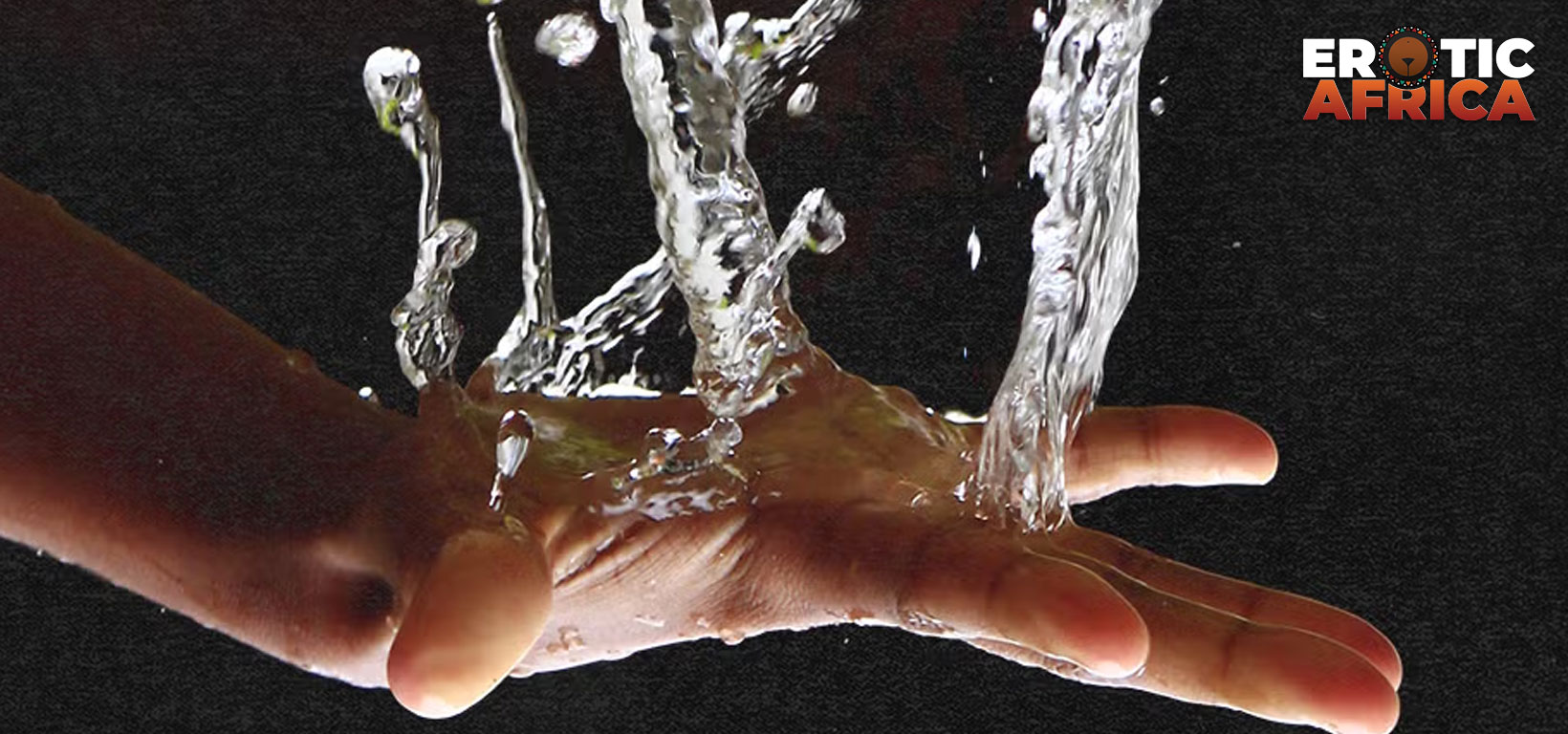Everything You Need to Know About Squirting — The Secret Flood of Pleasure
Page Contents
The Secret Flood of Pleasure
For years, squirting has been one of the most misunderstood and debated experiences in female pleasure. Some call it the ultimate climax; others dismiss it as myth. Yet across bedrooms, whispers, and taboos, one truth remains — when it happens, it’s unforgettable.
But what really is squirting? Is it pee? Is it magic? Or is it a natural, biological response that African women have been conditioned not to talk about?
This guide uncovers the science, sensation, and truth behind one of the most mysterious and empowering aspects of female sexuality.
What Squirting Actually Is
Scientifically, squirting — also known as female ejaculation — is the release of fluid from the urethra during intense arousal or orgasm. It’s not urine, though it can contain trace amounts. The fluid originates from the Skene’s glands, often called the female prostate.
When a woman becomes aroused, these glands fill with fluid. With deep stimulation — usually near the G-spot — pressure builds. When the body relaxes fully, the fluid releases involuntarily.
“It’s not dirty or unnatural,” says Dr. Wanjiku, a Nairobi-based sex therapist. “It’s a natural response to extreme stimulation, much like crying when you’re overwhelmed.”
So no — squirting isn’t an accident. It’s the anatomy meeting release.
The Pleasure Map: Understanding the Key Spots
To understand squirting, you must understand the body’s pleasure map — the zones that awaken arousal, fluid release, and deep surrender.
- The G-spot sits about 4–5 cm inside the vaginal canal along the front wall. It responds to rhythmic pressure and curling motions.
- The A-spot, deeper along the same wall, responds to slow, deep, and consistent stimulation.
- The K-spot sits on the back wall of the vagina and is most responsive during rear or anal play.
- The U-spot surrounds the urethra and responds to light, circular touch. Combined with G-spot stimulation, it can create layered pleasure leading to squirting.
These zones form an internal symphony of pleasure. When rhythm, trust, and relaxation align, squirting isn’t forced — it’s invited.
Why Squirting Happens — The Science of Release
Squirting is closely linked to the body’s arousal patterns. During sexual stimulation:
- Blood flow increases in the pelvic region.
- The G-spot and Skene’s glands swell and fill with fluid.
- Pressure builds until the body releases through the urethra.
This buildup and release — when the body truly lets go — creates squirting.
Many women never experience it, not because they can’t, but because they’ve been taught to tense their bodies during pleasure. Cultural shame and fear of “messing up” often block the body’s natural reflex.
The Myths That Need to Die
As with most aspects of female pleasure, squirting carries many myths. Let’s break them.
Myth 1: Squirting is urine.
False. Research shows the fluid is mostly a clear secretion from the Skene’s glands.
Myth 2: Only some women can squirt.
Untrue. Almost all women can, but not all will. Comfort and emotional release play a major role.
Myth 3: It’s dirty or shameful.
Completely false. Squirting is a sign of deep release, not impurity. Ancient African, Indian, and Asian cultures once revered it.
Myth 4: It only happens with penetration.
Not true. Oral or manual stimulation, especially on the G-spot, can also trigger squirting.
The African Silence Around Squirting
Across Africa, sexual pleasure is still spoken about in whispers. Many conversations focus on performance — not connection or comfort.
Squirting, with its intensity and messiness, challenges those norms. It demands vulnerability and surrender.
Yet traditional African erotic practices once saw fluids as symbols of vitality. Swahili and Yoruba lovers celebrated intimacy through openness. Colonial repression later buried that truth.
Today, African sex educators and wellness advocates are restoring the conversation — teaching women to embrace their bodies without guilt.
How to Experience It — Safely and Comfortably
If you want to explore squirting, remember — it’s not a goal. It’s a journey.
- Start with trust. Safety and comfort come first.
- Hydrate. The body releases what it has.
- Empty your bladder. It helps with relaxation.
- Stimulate the G-spot or U-spot. Use slow, upward pressure and add clitoral stimulation if desired.
- Let go. The urge to urinate is normal — breathe through it.
- Prepare the space. Towels and acceptance make the experience more enjoyable.
If it doesn’t happen, that’s okay. The goal is deeper body awareness — not performance.
The Emotional Side of Release
Squirting can be emotional. Many women describe it as relief, joy, or a release of held tension. Some cry. Others laugh. Some fall into deep silence.
It’s more than climax — it’s catharsis.
In a world that shames women’s bodies, squirting becomes rebellion — proof that pleasure is intelligence, not impurity.
A Celebration of Liquid Power
Squirting isn’t about porn or pressure. It’s about rediscovery — reclaiming authority over the female body.
African sensuality has always been fluid — in rhythm, spirit, and movement. The real question isn’t how squirting happens, but why we were told to hide it.
Pleasure Without Permission
The next time you think about squirting, don’t think scandal. Think science. Think surrender. Think of the body’s extraordinary ability to release.
When women embrace their natural reactions, sex stops being performance and becomes communion.
And that’s what true pleasure is — freedom in its wettest, wildest form.
Explore more sensual truths, erotic guides, and African intimacy reflections at Erotic-Africa.com — your home for unfiltered African pleasure and education.
 33
33







